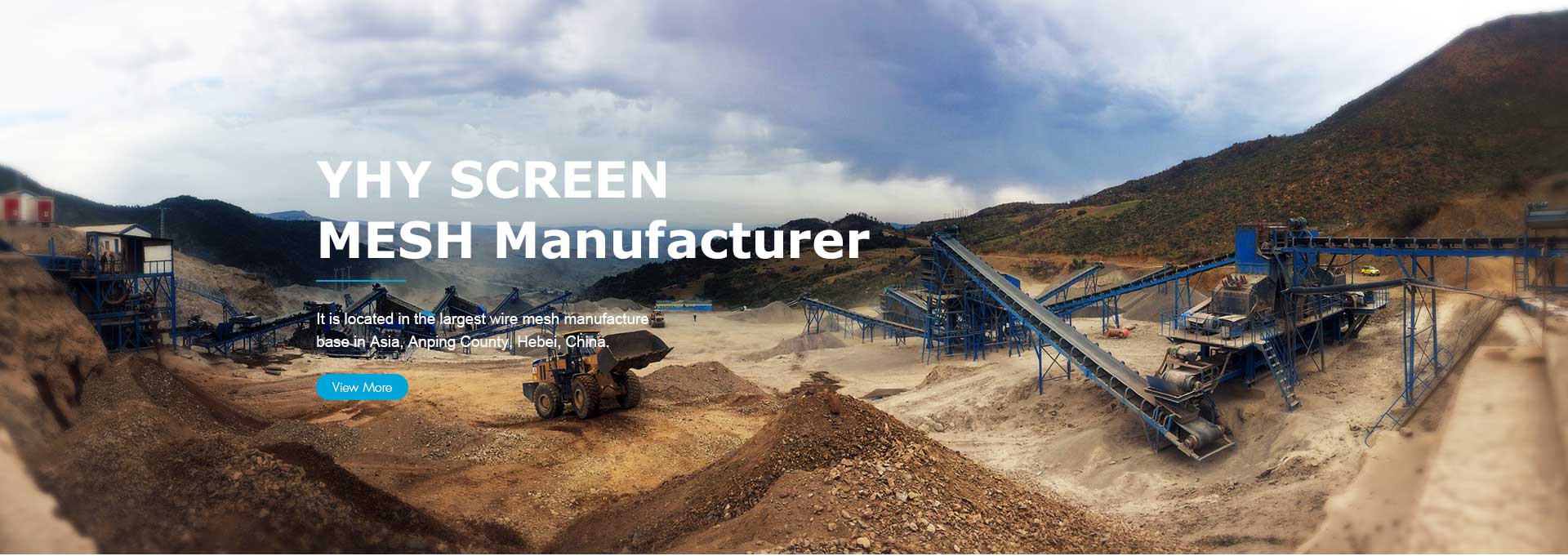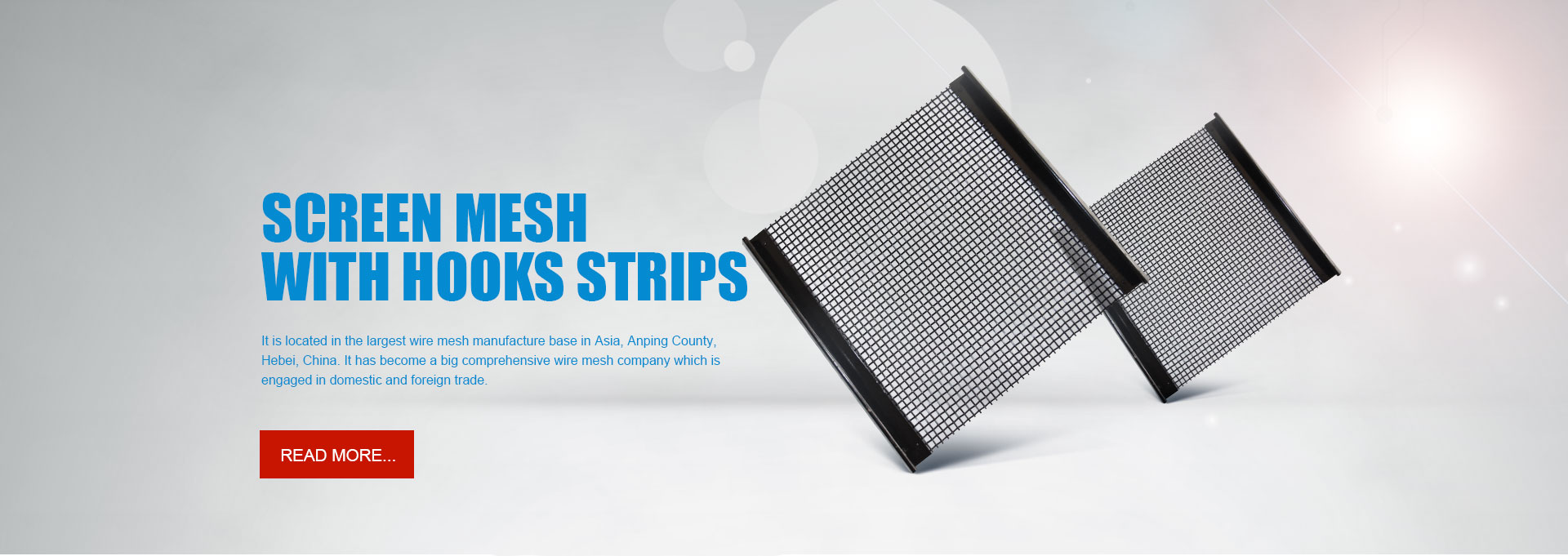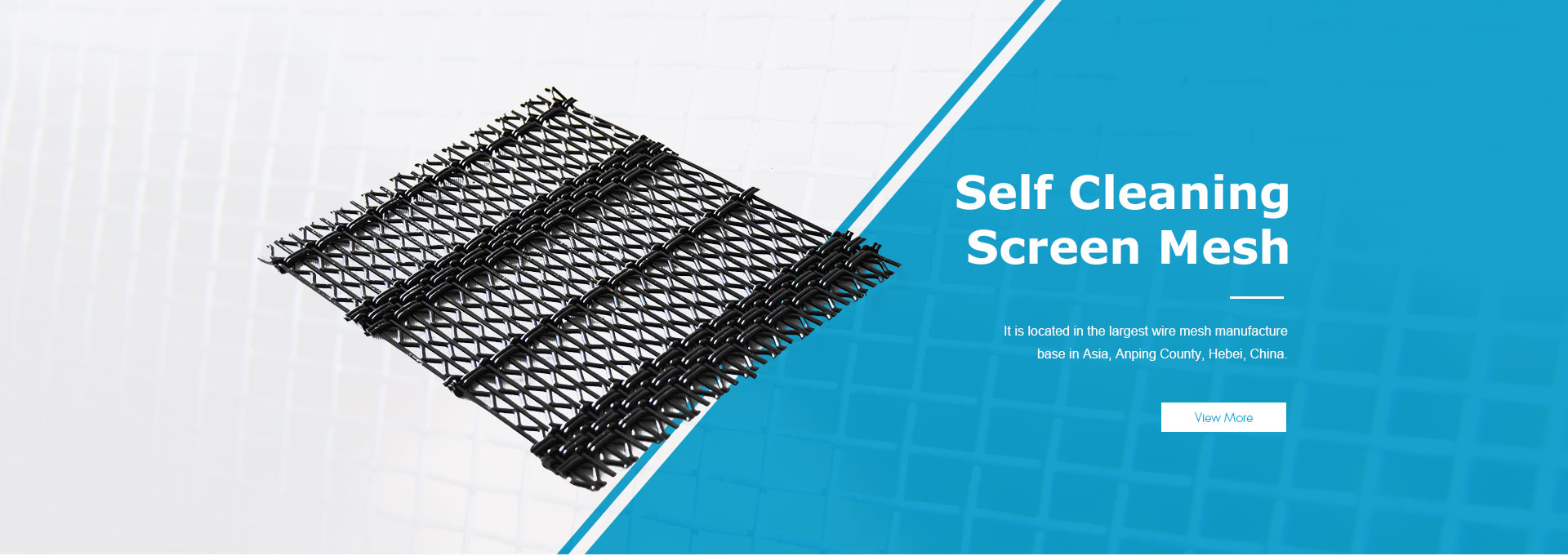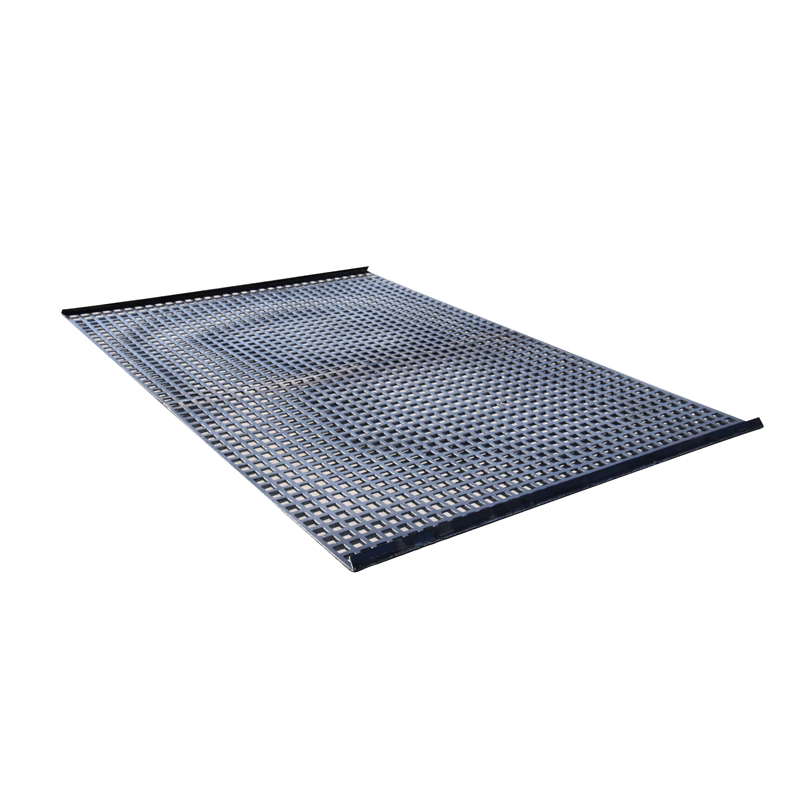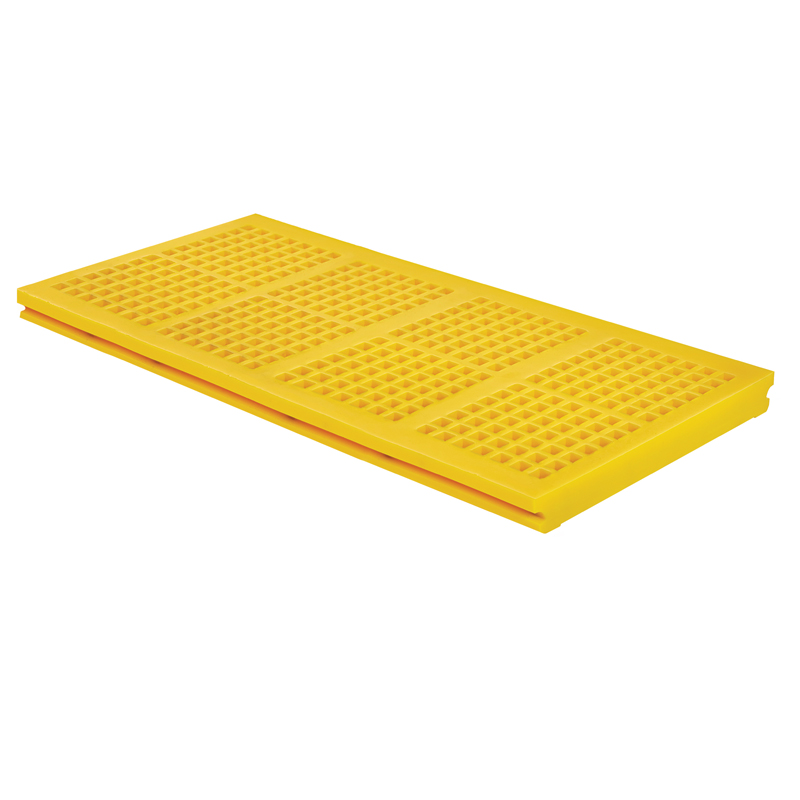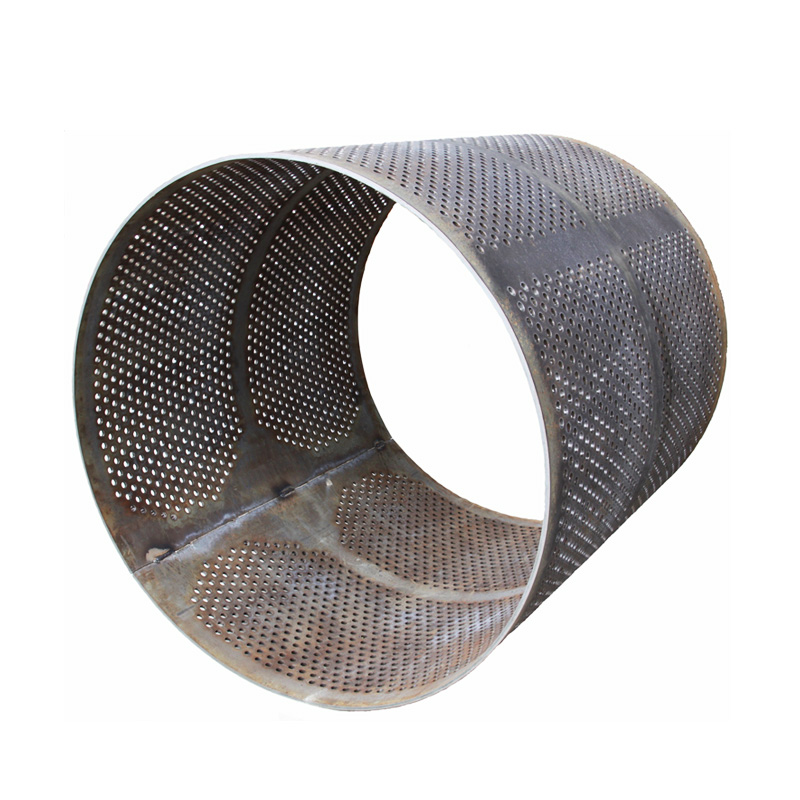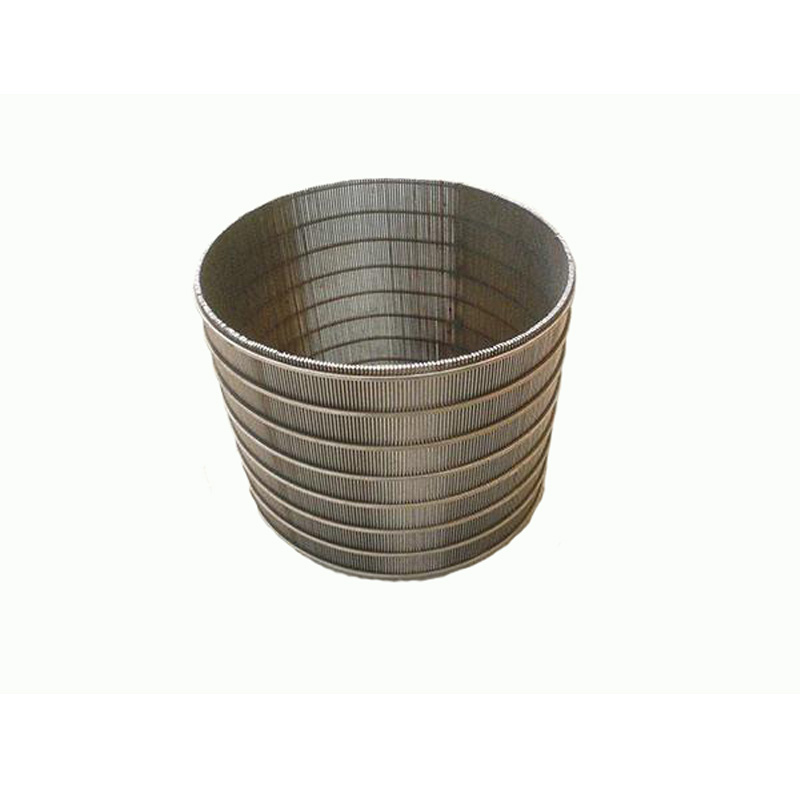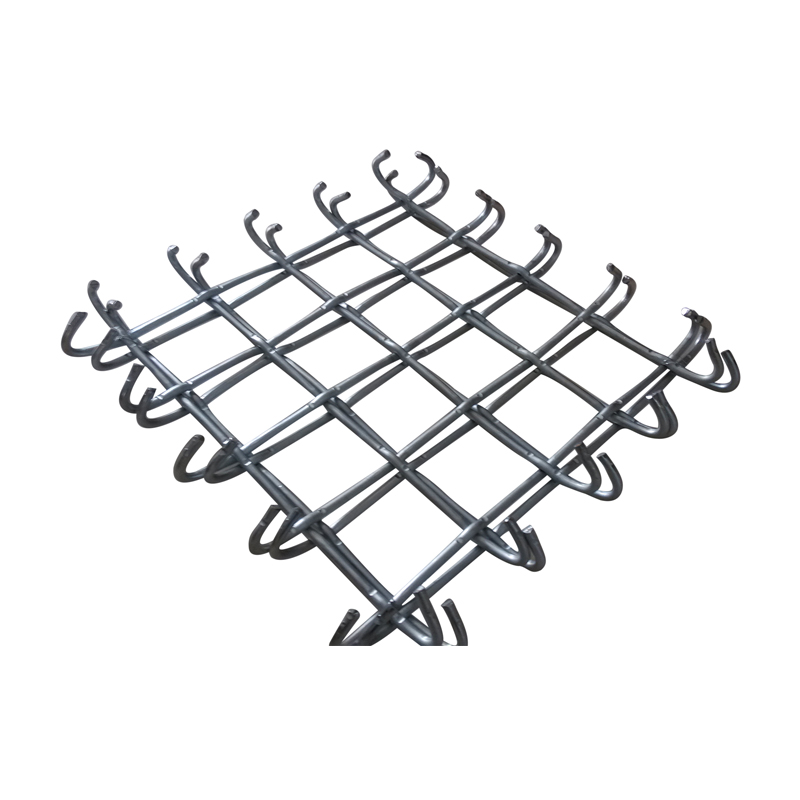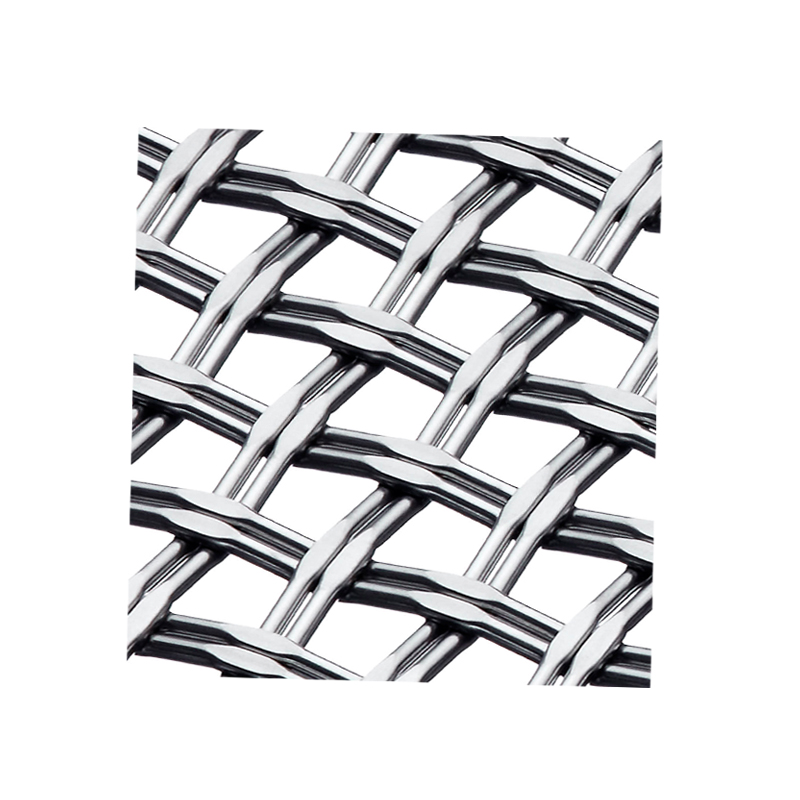Common defects of crimped mesh
Stainless steel crimped mesh is one of the necessities of many industries and enterprises, but unqualified stainless steel crimped mesh has many defects, which affect the effect of filtering and screening, and bring many inconveniences to our use and production.
Common defects:
1) Internal material control
When stainless steel wire is drawn and annealed, the melt between the crystal branches inside the stainless steel wire releases gas when it finally solidifies, causing small gaps, which in turn causes the internal looseness of the stainless steel wire. When the stainless steel crimped mesh woven with this stainless steel wire is used in the presence of smoke, rust spots will generally appear on the surface of the stainless steel crimped mesh within 260 hours.
2) Slag phenomenon
When it is mixed with other metals, impurities or foreign particles are mixed inside the solid metal, and there is a certain uncertainty in the performance.
3) Segregation
The internal chemical composition of the alloy composed of other metals is unevenly distributed.
4) Decarburization
The phenomenon that all or part of the carbon in the surface of the stainless steel crimped mesh wire is lost. In addition, when there are internal structural defects in stainless steel crimped mesh, bubbles, cracks, delamination, white spots and other phenomena will appear during use.
Crimped mesh edge-off phenomenon
The reason why the crimped mesh will be edge-off is that the wire diameter is relatively thin relative to the aperture (or the aperture is relatively large relative to the wire diameter); as long as the two ends are tied with thicker wires after the mesh is woven, it can be avoided; if it is not tied, the edge-off wire can be hand-woven during use, which does not affect its service life.
The edge-off situation only belongs to a small part. If you want to avoid edge-off, spot welding on the four sides of the crimped mesh can be effective. In most cases, spot welding is not required. If the wire is relatively small and the mesh is large, the mesh will be relatively soft. In this case, spot welding on the four sides is very ideal for use.
Some standard crimped mesh products are prone to edge-off during loading and unloading. This phenomenon is mostly seen in the large-hole crimped mesh series. In this case, don't worry, just use a vise to weave it. This is the biggest difference between crimped wire mesh and welded wire mesh. Crimped wire mesh only needs to weave the removed wire, which does not affect the use at all.
Crimped wire mesh maintenance method
The surface of stainless steel crimped wire mesh has dust and easy-to-remove dirt, which can be removed with soap. Wash with warm water and weak detergent, and use alcohol or organic solvent to scrub the adhesive component. The surface of the grease, oil, and lubricating oil pollution, the crimped wire mesh is wiped clean with a soft cloth, and then cleaned with neutral detergent or ammonia solution or special detergent.
Rinse with water immediately, the surface of stainless steel crimped wire mesh has bleach and various acids attached. Then soak with ammonia solution or neutral carbonated soda water solution, and wash with neutral detergent or warm water. The corrosion-resistant parts of the passivation film on the surface of stainless steel crimped wire mesh form pitting reactions due to self-excited reactions, and the crimped wire mesh forms small holes. In addition, there are chloride ions approaching, forming a very strong corrosive solution, which accelerates the speed of the corrosion reaction.
Intergranular corrosion cracking of stainless steel wire mesh, all of which damage the passivation film on the surface of stainless steel wire mesh. Therefore, the stainless steel surface must be cleaned and maintained regularly to maintain its gorgeous appearance and extend its service life.
When cleaning the surface of stainless steel wire mesh, care must be taken not to scratch the surface, and avoid using bleaching ingredients and abrasive detergents. To remove the detergent, rinse the surface with clean water at the end of washing.











